What do the Bank of America, Barclays, and Chase have in common other than operating in the finance industry? Their logos are blue. Thousands of companies from a broad range of industries use the blue color in their branding.
Both lighter and darker shades of this color can trigger a broad spectrum of associations that vary from a bright sunny day to the feeling of melancholy. There is no pattern you can use to understand how consumers of products interpret colors. Some studies have shown that all colors can help brands communicate their marketing messages more clearly.
What Does the Color Blue Say About You?
Evoking positive emotions and developing ties between your products and those emotions is one of the goals of marketing. Even though the psychology of colors isn’t an exact science, it is easy to see that we all associate colors with emotions.
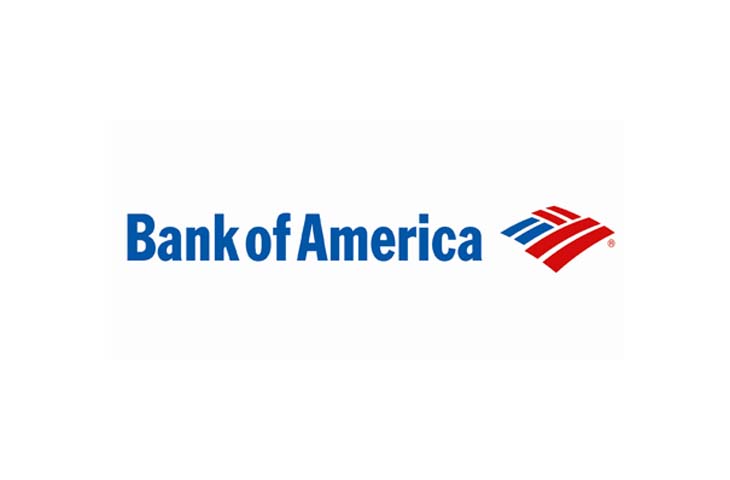
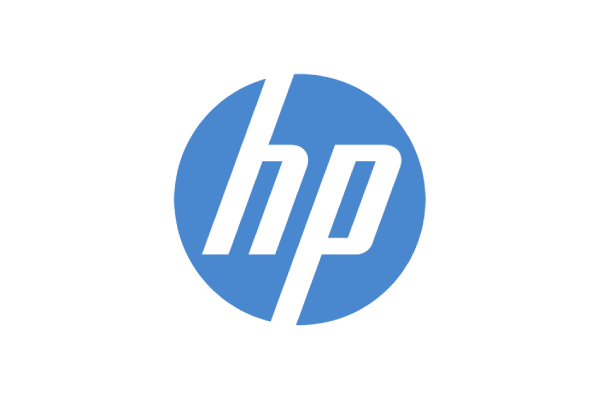
The most common emotions people have to color blue are the feelings of peace, stability, harmony, or trust. Some studies even claim that consumers see brands that use the blue color in their logos as more eco-friendly. That’s why there is no shortage of ecologically aware brands that use this color in their logos.

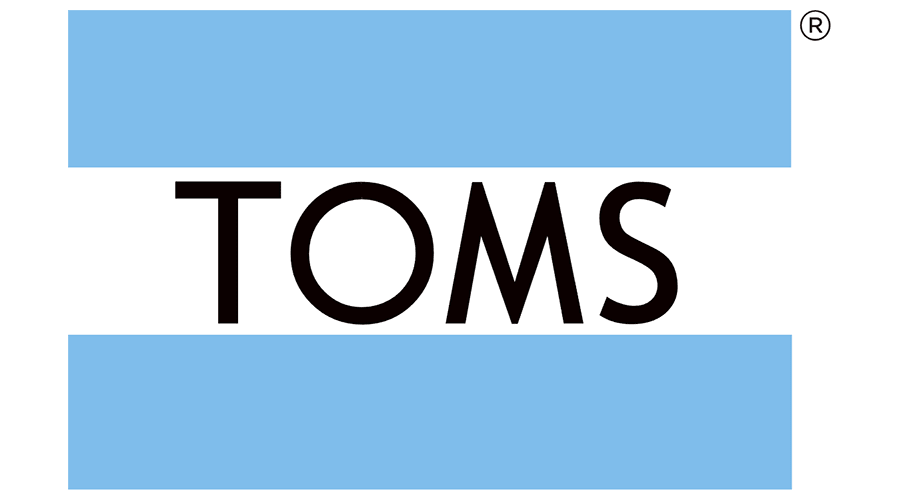
Still, blue color in branding has it’s negative connotations as well. It can often free too conservative, rigid, deceitful, and emotionally unstable.
Moreover, pale blue indicates freedom or creativity, while azure blue can suggest ambition or determination. It is important to choose the shade of blue you’re going to use for branding. The slightly brighter tone of blue can send an entirely different message than a darker shade of blue.
Discovering Ways to Incorporate the Blue Color
Companies that offer their products on a global market have to understand the meaning of the blue color in different cultures. For instance, in China, this color is regarded as feminine, but it also suggests immortality. In South America, it is frequently associated with trust or serenity.
It is easy to see how the use of the blue color in branding can be easily misinterpreted, and why it is so essential to pick the tone of blue that represents the values a product or a company stands for.
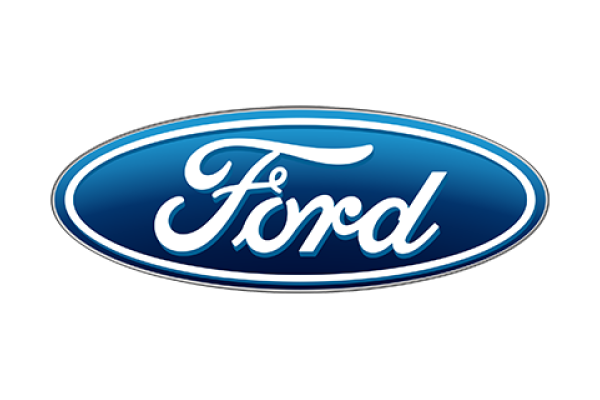
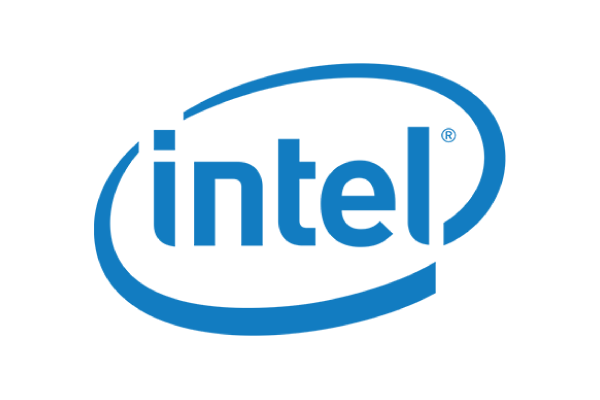
There are no clear rules regarding which companies should use the blue color in branding, and finding examples of the companies from a broad range of industries that rely on this color in their marketing efforts is relatively easy. Social media companies like Twitter of Facebook, IT giants such as IBM or Intel or iconic automobile industry brands like Ford or BMW are just a few examples of how the blue can be used effectively.
However, each product you present on the market is slightly different. It is up to you to decide if this color is the right choice for the product.
For more information and other colors, you might consider you can check our full colors in branding guide.




1 comment